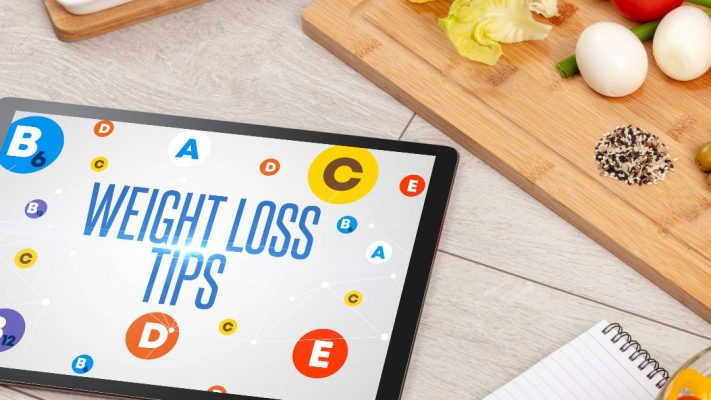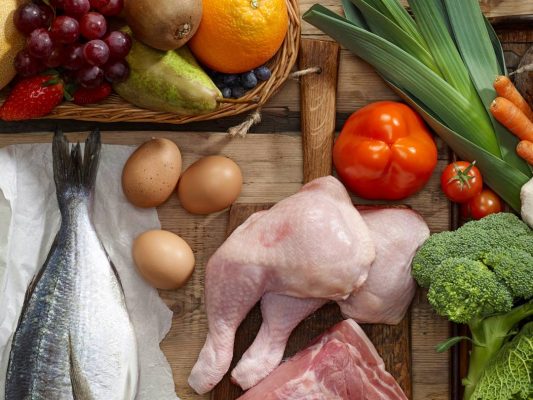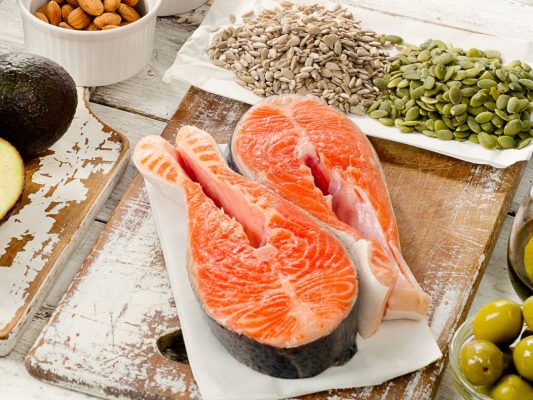Uncategorized
5 Healthy Weight Loss Tips
5 Key Principles of Supporting Healthy Weight Loss
Many people resolve to eat better and lose weight at the start of the year, but as the weeks turn to months, motivation can often start to wane.
There’s many reasons why motivation might plummet – two of the most common being lack of results or an overly restrictive or boring diet. Sadly, many people can stay stuck for years in a perpetual cycle of ‘yo-yo dieting’.
If this resonates with you, or if you’ve tried every ‘diet’ under the sun and are still struggling to lose weight or keep it off, what’s clear is this: something isn’t working and it’s time for a rethink. But where can you start?
We believe knowledge is power when it comes to healthy sustainable weight loss so here’s 5 principles to get you started on the right track.

1. Keep it real
It is completely possible to lose weight and keep it off for good whilst enjoying a tasty, interesting and varied diet. However, there’s no quick fix or magic bullet. It is important at the outset to be realistic about your short and long term goals, to understand that healthy weight loss takes time and that maintenance involves changing habits for good. Keep it real by starting with small, realistic and achievable goals. In stark contrast to the overnight success promised by fad diets that never materialise, keeping it real is a sure fire way to achieve long term success.
Real world example: Instead of resolving to change your entire diet overnight, start with ONE small achievable change instead.

2. Choose real food & drink
The ‘real’ theme continues in this second principle. Once upon a time there would have been no need to advise people to choose ‘real’ food and drinks, because this used to be our norm. Sadly, the fast-rising prevalence of ultra-processed foods and drinks in Western diets means this message not only needs saying but needs to be shouted loud and shared far and wide.
This is perhaps the most important principle for helping you to achieve and maintain your weight loss goals: choose real foods and drinks, cook from scratch and avoid processed and ultra-processed convenience foods and drinks as much as possible.
Real world example: Ditch the Diet Coke and drink filtered water instead.I
3. Keep fat in your diet
Fat is always an important component of any healthy diet, and this is absolutely still the case when your goal is to lose weight. Sadly, whilst the ‘fat is bad for you’ myth was busted many years ago, it is taking a long time for this message to filter into mainstream advice.
Fat provides essential nutrients and keeps you feeling full after meals. An important caveat here is to stick to real fats which are good for your health and to avoid harmful, synthetic ‘hydrogenated’ fats such as those found in margarine, low fat spreads and many other ultra-processed and convenience foods.
Real world example: Choose full fat versions of real foods.

4. Consider the balance on your plate
Starchy and grainy carbohydrate foods (bread, pasta, rice, cereals and potatoes) often take up the majority of space on a typical Western plate and yet if you’re looking to lose weight, it’s actually these foods you’ll benefit from reducing. A well-balanced plate will feature less starchy and grainy carbs, a good portion of protein, some real fats and plenty of vegetables.
Real world example: Have a look at this food4health plate which is a good example of how you can shift the balance.
5. Get your cravings under control
We now know that weight loss is about so much more than calories in vs calories out. Where your calories come from is actually more important. There might be fewer calories in a teaspoon of sugar than a teaspoon of butter, yet when it comes to weight loss (and in fact any other aspect of health) this is not the most relevant point. It’s the differential effects of these foods on your body’s metabolic and signalling processes that you really need to be concerned about.
Refined sugar, artificial sweeteners and many processed foods (not fat) can actually switch on the body’s fat storage processes – and this is the last thing you want to happen if you’re trying to lose weight. What’s even worse news is that eating these foods causes cravings for even more sugary and processed foods, creating a downward, sugary, fat-storage spiral.
This is in contrast to adding real fats to your plate which promote feelings of fullness and support healthy metabolic and signalling processes. In addition, there are key nutrients and ingredients you can add into your diet to help support reduced cravings. These include chromium, cinnamon and alpha lipoic acid.
Real world example: Ditch the high-sugar, high-artificial sweetener, low fat yoghurt and have full fat natural yoghurt instead.
Conclusion
Follow these 5 principles and you’ll be well on your way to supporting healthy weight loss for good, and better health overall. If you’re keen to learn more, take a look at these carefully curated resources to support your goals even further.
Written by Rachel Bartholomew BA (Hons), Dip ION, mBANT, CNHC, GHW

